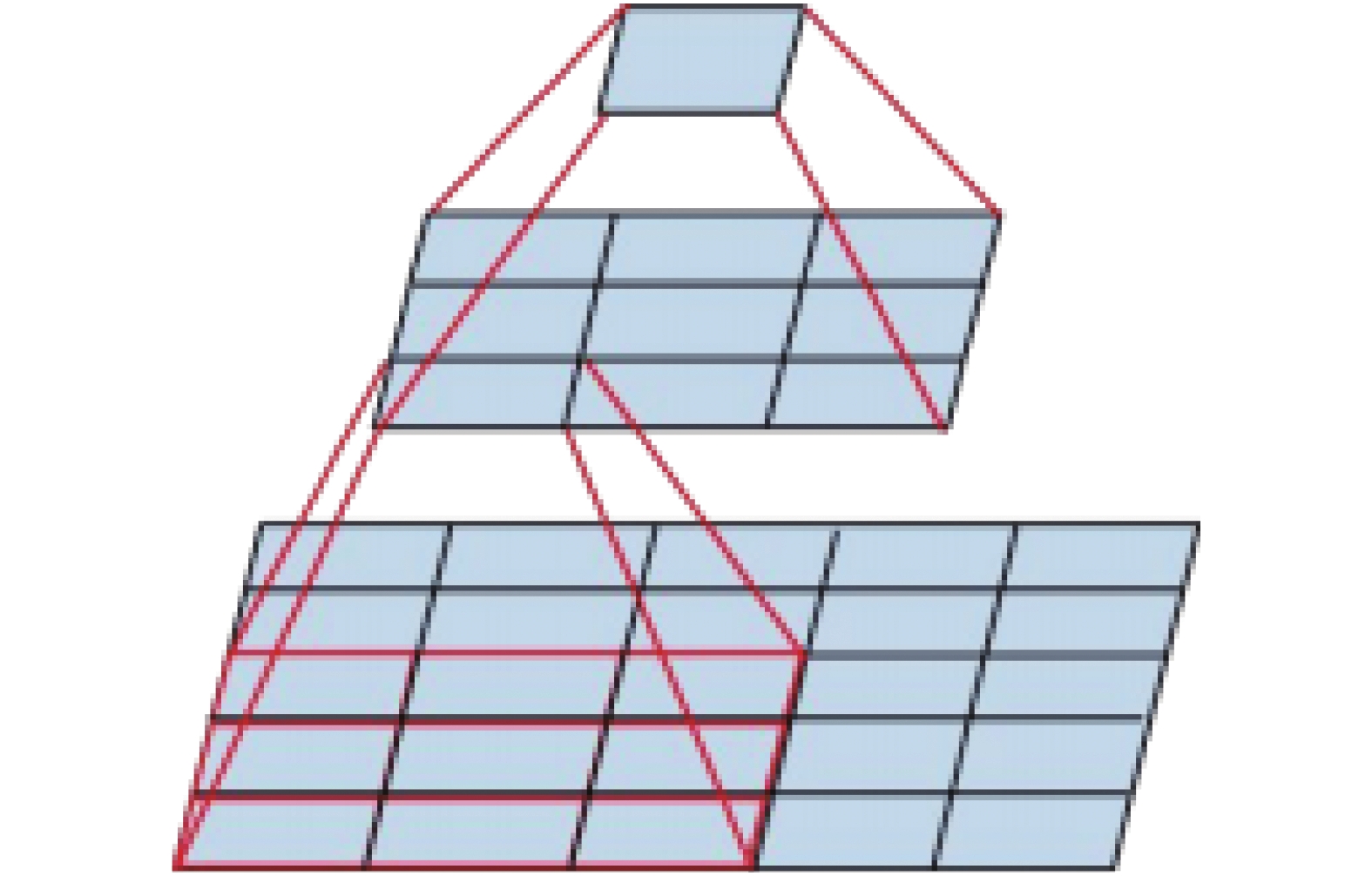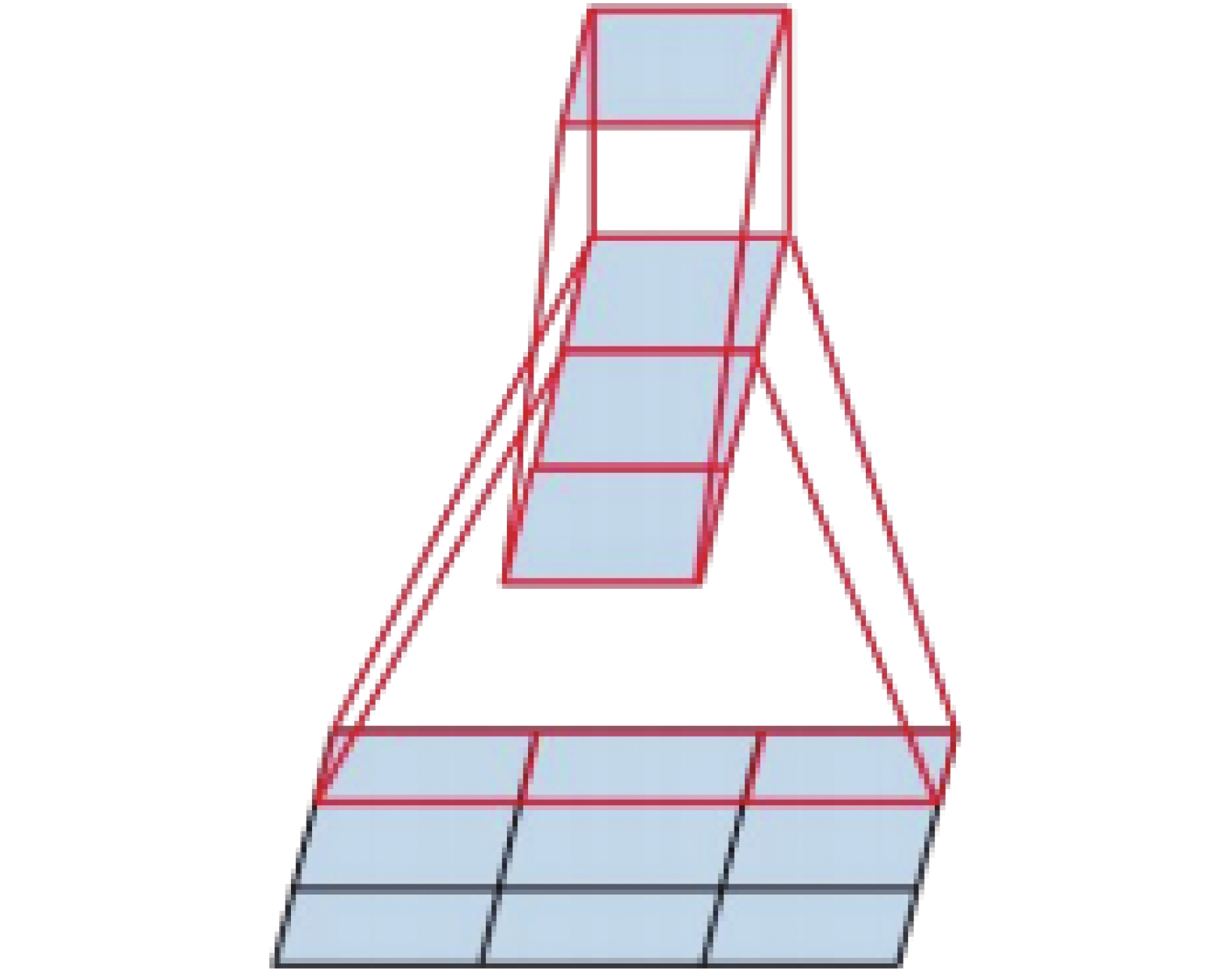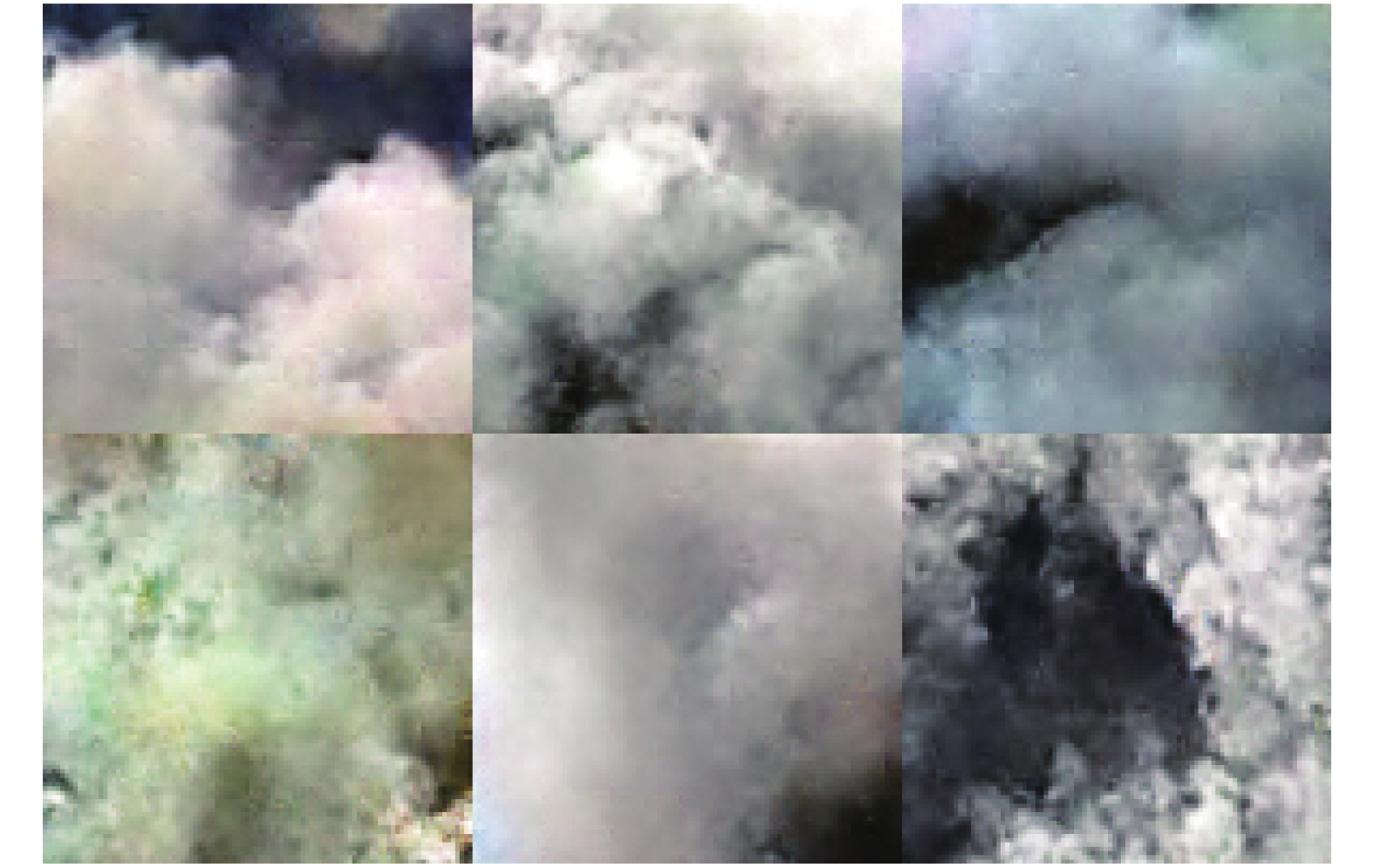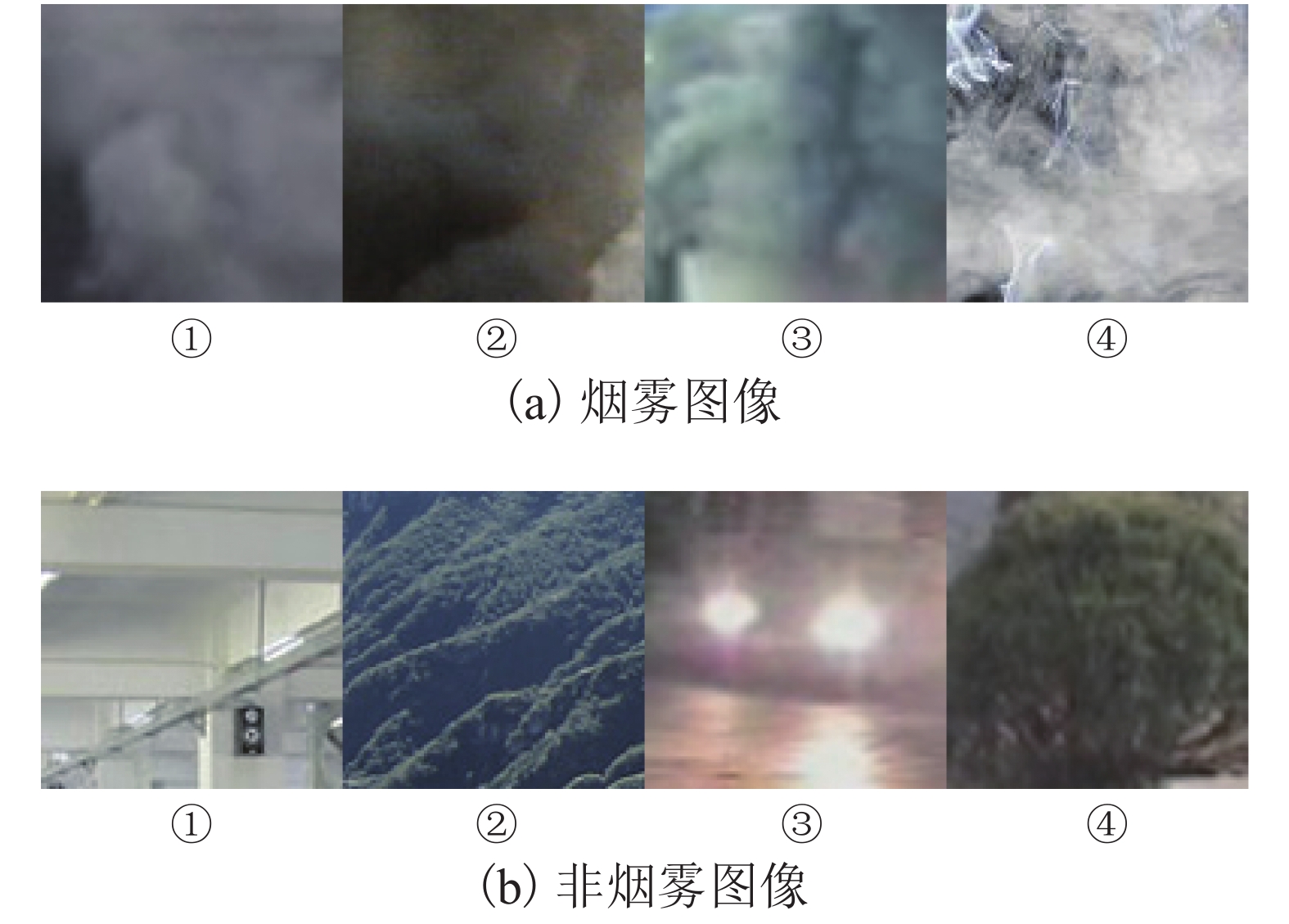Smoke Recognition Algorithm Based on Lightweight Convolutional Neural Network
-
摘要: 由于烟雾图像场景模糊不清,背景复杂多变,难以捕获到有效特征,导致算法识别误报率和漏报率较高;此外,深度卷积神经网络结构复杂,参数繁多,难以缩短其计算时间至1 ms内,这成为实时火灾预警的一大难题. 为了解决上述问题,提出了一种基于4种Inception结构的轻量级卷积神经网络SInception (sequeeze-and-excitation inception)在此基础上加入SE Block (sequeeze-and-excitation block)用于对烟雾特征进行重新分配;同时,为了避免由于训练样本不足引起的过拟合,原始数据集上采用数据增强技术以及生成对抗网络生成更多训练样本,并在后续实验中采用了融合暗通道先验特征的策略. 实验结果表明:该网络在增强的数据集GAN-Aug-YUAN上将识别误报率降为0的同时将准确率提升至99.65%,且计算时间减少到0.26 ms.Abstract: As smoke images are ambiguous, and the background is complex and variable, it is difficult to capture the effective features, resulting in high false positive rates and false negative rates. In addition, the deep convolutional neural network has a complicated structure and many parameters, and it is difficult to control the calculation time within one millisecond, which becomes a major problem for real-time fire warning. In order to deal with these obstacles, a lightweight convolutional neural network SInception (sequeeze-and-excitation inception) is proposed on the basis of four Inception structures, which significantly reduces the number of network parameters and calculation amount. It adds SE Block (sequeeze-and-excitation block) for smoke so that features are redistributed to make them more representative of smoke images. In order to avoid over-fitting due to insufficient training samples, for the data enhancement techniques on the original dataset and generative adversarial network are used to generate more training samples. Subsequently a strategy of integrating the priori features of dark channels is used in experiments. Finally, the network raises the accuracy rate to 99.65%, while for the dataset GAN-Aug-YUAN it reduces the false alarm rate to 0, and the calculation time is only 0.26 ms.
-
表 1 SInception v1结构
Table 1. SInception v1 structure
结构类型 窗口大小,步长 Inception类型 输入尺寸/像素 卷积层 3 × 3,2 128 × 128 × 3 卷积层 3 × 3,1 63 × 63 × 32 卷积层 3 × 3,1 61 × 61 × 32 最大池化 3 × 3,2 61 × 61 × 64 卷积层 1 × 1,1 30 × 30 × 64 卷积层 3 × 3,1 30 × 30 × 80 最大池化 3 × 3,2 28 × 28 × 192 Inception IN_A 13 × 13 × 192 Inception IN_B 13 × 13 × 192 Inception IN_C 13 × 13 × 256 Inception IN_D 6 × 6 × 512 平均池化 6 × 6,1 6 × 6 × 768 线性层 1 × 1 × 768 softmax 2 表 2 数据集YUAN中图像分布
Table 2. Image distribution in data set YUAN
数据集 烟雾图像/张 非烟雾图像/张 图像总数/张 用途 SET1 552 831 1383 测试 SET2 688 817 1505 测试 SET3 2201 8511 10712 训练 SET4 2254 8363 10617 训练 表 3 SInception与其他识别算法的性能比较
Table 3. Performance comparison between SInception and other recognition algorithms
模型名称 识别率/% 准确率/% 误报率/% 速度/ms VGG 95.24 97.85 0.18 3.00 Res-50 95.80 98.16 0 1.70 Res-101 96.77 98.61 0 2.70 Inception v3 96.45 98.3 0.30 3.10 SInception v1 96.61 98.54 0 0.20 SInception v2 96.94 98.68 0 0.26 表 4 双模态融合模型的性能比较
Table 4. Performance comparison of two-mode fusion model
% 模型名称 识别率 准确率 误报率 SInception v1 97.02 98.72 0 SInception v2 97.64 99.00 0 表 5 数据扩充实验结果对比
Table 5. Experimental results comparison ofdata expansion
% 模型名称 数据集 识别率 准确率 误报率 SInception v1 YUAN 96.61 98.54 0 Aug-YUAN 98.39 99.31 0 GAN-Aug-YUAN 99.19 99.65 0 SInception v2 YUAN 96.94 98.68 0 Aug-YUAN 98.71 99.44 0 GAN-Aug-YUAN 99.19 99.65 0 -
GUBBI J, MARUSIC S, PALANISWAMI M. Smoke detection in video using wavelets and support vector machines[J]. Fire Safety Journal, 2009, 44(8): 1110-1115. doi: 10.1016/j.firesaf.2009.08.003 KO B C, KWAK J Y, NAM J Y. Wildfire smoke detection using temporospatial features and random forest classifiers[J]. Optical Engineering, 2012, 51(1): 017208.1-017208.10. doi: 10.1117/1.OE.51.1.017208 YUAN F. Video-based smoke detection with histogram sequence of LBP and LBPV pyramids[J]. Fire Safety Journal, 2011, 46(3): 132-139. doi: 10.1016/j.firesaf.2011.01.001 YUAN F, SHI J, XIA X, et al. High-order local ternary patterns with locality preserving projection for smoke detection and image classification[J]. Information Sciences, 2016, 372(C): 225-240. GIRSHICK R, DONAHUE J, DARRELL T, et al. Rich feature hierarchies for accurate object detection and semantic segmentation[C]//Proceedings of the IEEE Conference on Computer Vision and Pattern Recognition. [S.l.]: IEEE, 2014: 580-587. LAN Z, ZHU Y, HAUPTMANN A G, et al. Deep local video feature for action recognition[C]//Proceedings of the IEEE Conference on Computer Vision and Pattern Recognition Workshops. [S.l.]: IEEE, 2017: 1-7. FRIZZI S, KAABI R, BOUCHOUICHA M, et al. Convolutional neural network for video fire and smoke detection[C]//Proceedings of the IECON-42nd Annual Conference of the IEEE Industrial Electronics Society. [S.l.]: IEEE, 2016: 877-882. MUHAMMAD K, AHMAD J, MEHMOOD I, et al. Convolutional neural networks based fire detection in surveillance videos[J]. IEEE Access, 2018, 6: 18174-18183. doi: 10.1109/ACCESS.2018.2812835 HE K, SUN J, TANG X. Single image haze removal using dark channel prior[J]. IEEE Transactions on Pattern Analysis and Machine Intelligence, 2011, 33(12): 2341-2353. doi: 10.1109/TPAMI.2010.168 GOODFELLOW I, POUGET-ABADIE J, MIRZA M, et al. Generative adversarial nets[C]//Advances in Neural Information Processing Systems. Montreal: [s.n.], 2014: 2672-2680. RADFORD A, METZ L, CHINTALA S. Unsupervised representation learning with deep convolutional generative adversarial networks[J/OL]. Computer Science: Machine Learning, 2015: 1511.06434.1-1511.06434.16, [2019-08-22]. https://arxiv.org/abs/1511.06434 SZEGEDY C, VANHOUCKE V, IOFFE S, et al. Rethinking the inception architecture for computer vision[C]//Proceedings of the IEEE Conference on Computer Vision and Pattern Recognition. [S.l.]: IEEE, 2016: 2818-2826. SZEGEDY C, LIU W, JIA Y, et al. Going deeper with convolutions[C]//Proceedings of the IEEE Conference on Computer Vision and Pattern Recognition. [S.l.]: IEEE, 2015: 1-9. IOFFE S, SZEGEDY C. Batch normalization: accelerating deep network training by reducing internal covariate shift [J/OL]. Computer Science: Machine Learning, 2015: 1502.03167.1-1502.03167.10, [2019-08-22]. https://arxiv.org/abs/1502.03167. HU J, SHEN L, SUN G. Squeeze-and-excitation networks[C]//Proceedings of the IEEE Conference on Computer Vision and Pattern Recognition. [S.l.]: IEEE, 2018: 7132-7141. -






 下载:
下载:





